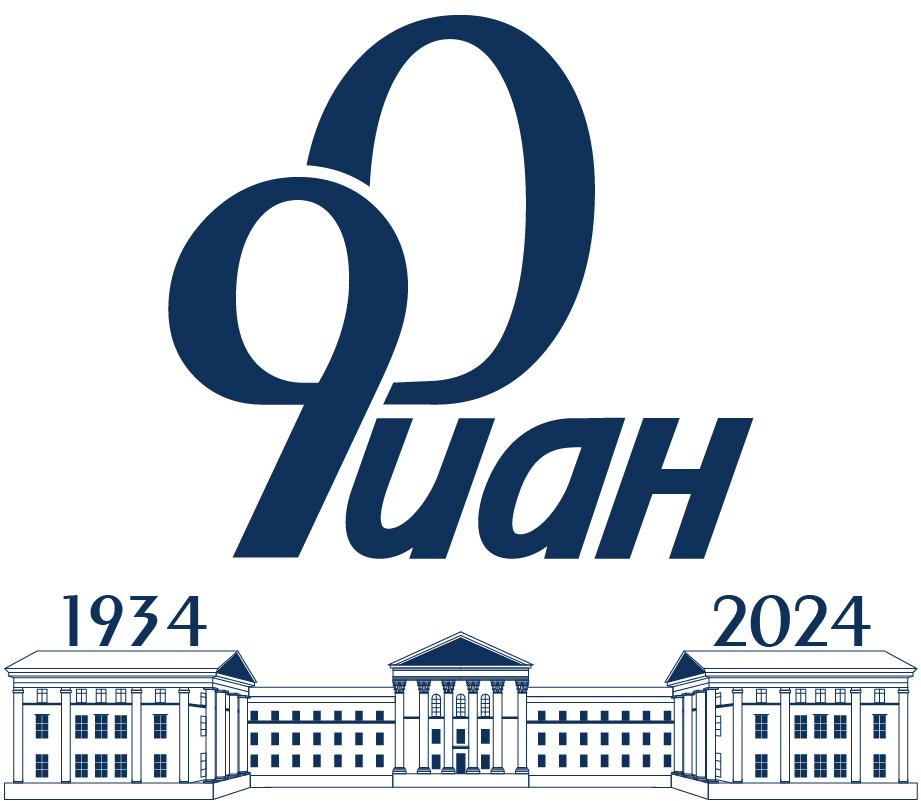In this work, we have shown that a number of unusual properties distinguishing underdoped cuprates from conventional superconductors appear to be of a common nature and result from the cluster structure of the underdoped phase and the specific mechanism of superconducting pairing in cuprates. This pairing mechanism is assumed to be mediated by the virtual scattering of electrons into unoccupied localized pair states formed on pairs of neighboring Cu cations under doping and is reminiscent of the Little-Ginsburg mechanism.
The cluster structure of the underdoped phase in combination with the special mechanism of superconductivity of cuprates leads to the fact that in a certain temperature range Tc<T<T* finite isolated clusters can exist in both superconducting and normal states, switching between these states randomly due to fluctuations of pair states occupation with electrons.
In this case, we can consider that below Tc the cluster is almost always in a superconducting state, and above T* – in a normal state, and the interval Tc<T<T* can be identified with the region of existence of the so-called pseudogap phase. The temperatures Tc and T* for YBa2Cu3O6+d were calculated depending on the doping level. The calculation results are in good agreement with experiment without any fitting parameters.
In the same temperature range, the contribution to optical conductivity from a sequence of randomly arising superfluid density pulses from each cluster can be represented as a random process with a correlation time tcorr~10-15 sec, which corresponds to the effective spectrum width $ Deltaomega_{eff}$ ~1 eV and explains the apparent SW transfer from the high-frequency region.
In the vicinity of Tc, fluctuation induced s-n switching of finite clusters are apparently the cause of another group of phenomena: the anomalous Nernst effect, giant diamagnetism (above Tc) and reversibility of magnetization curves (below Tc).
Thus, the approach under consideration allows us to explain many anomalous properties of underdoped cuprates. This fact can be considered as an indirect confirmation of the validity of the proposed model of HTSC cuprates.



